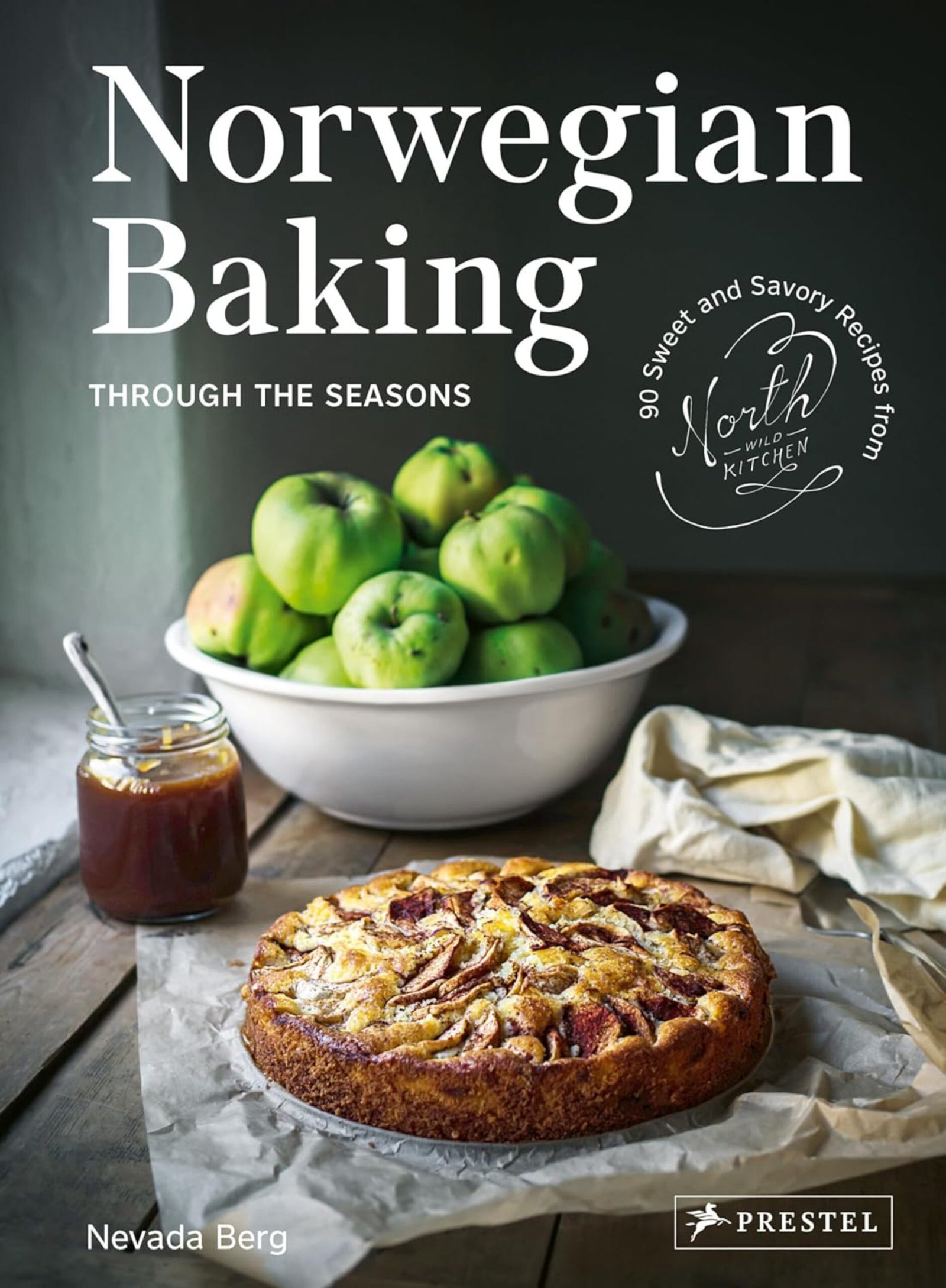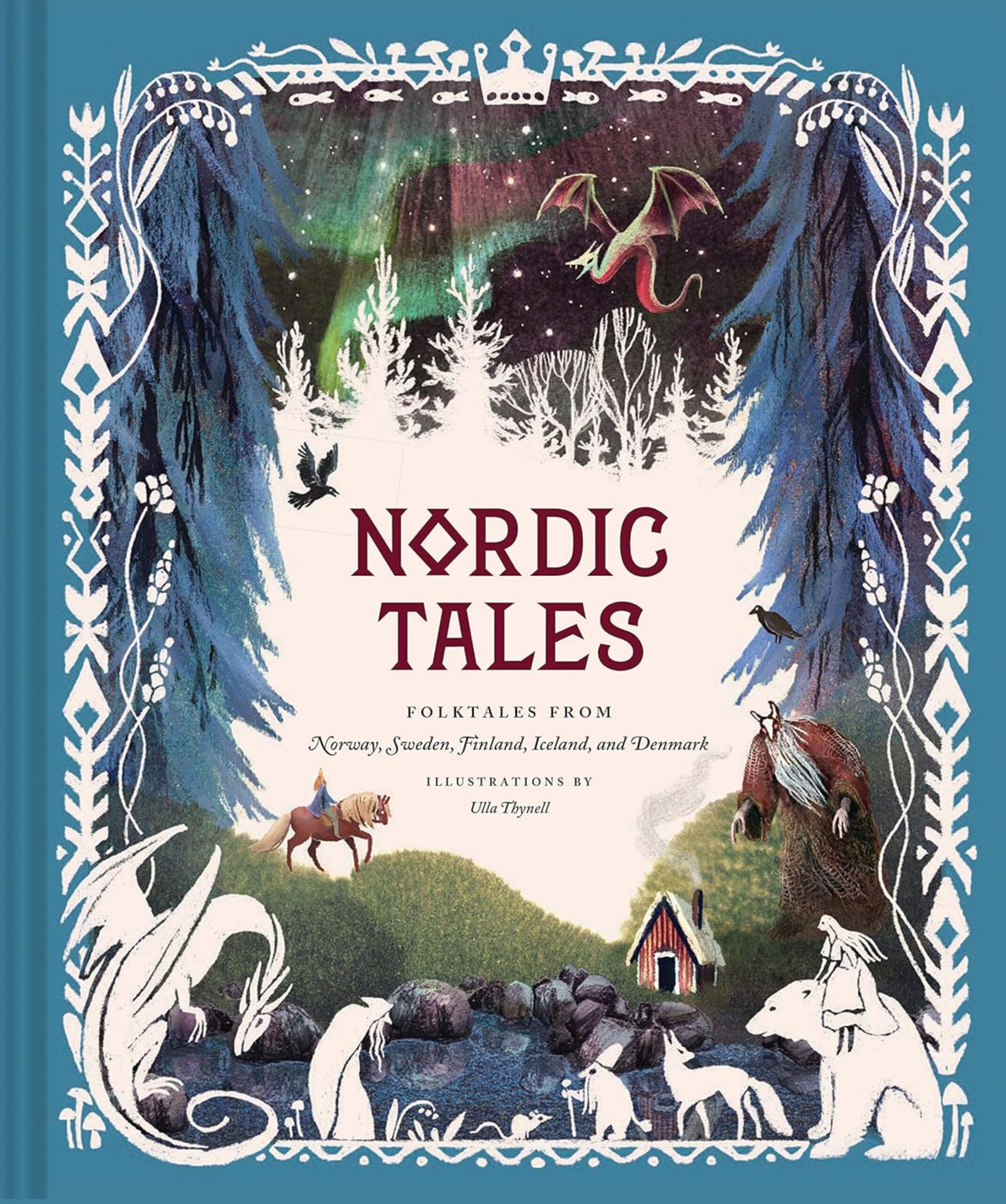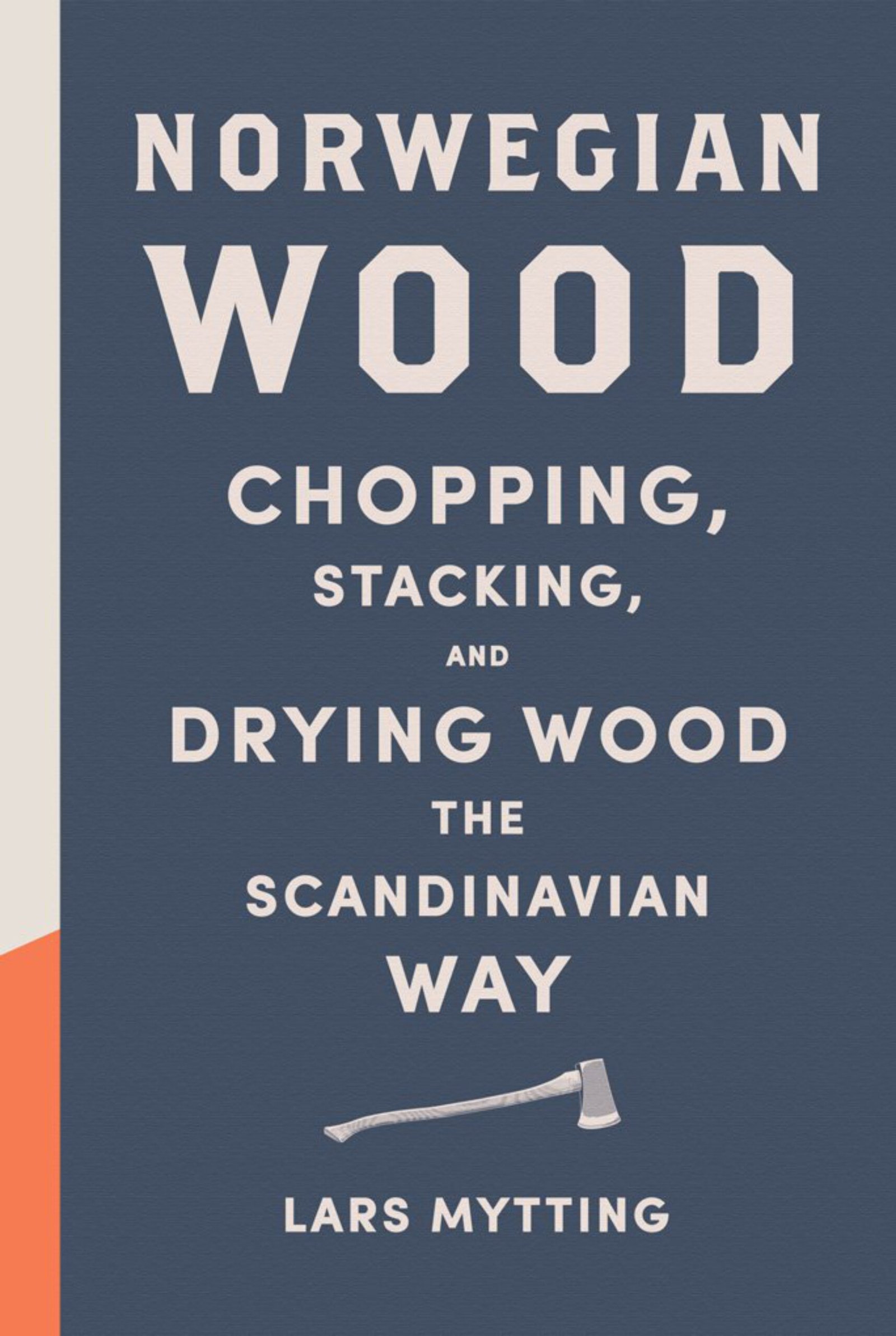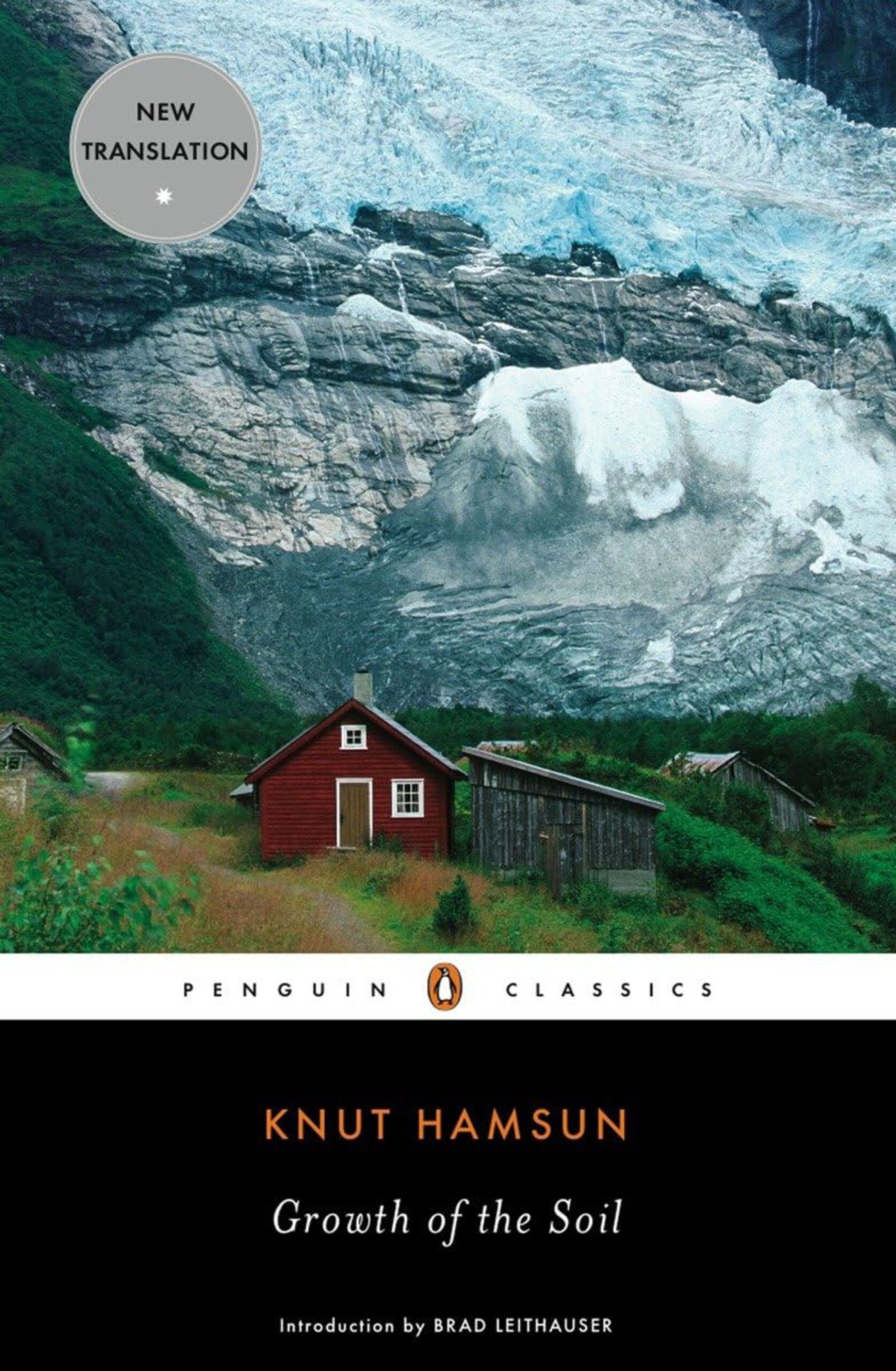Værøy is a small island municipality at the very tip of the Lofoten archipelago – in the region of Nordland, Norway.
Surrounded by the might of the vast Norwegian Sea, the weather conditions are forever changing and unreliable. Temperatures rarely go below zero degrees centigrade, making it a perfect location for the making of stockfish – dried fish.
The Moskenstraumen maelstrom lies to the north. This is where Jules Verne ended his story about Captain Nemo and the submarine Nautilus in his book «Twenty Thousand Leagues Under the Sea: A Tour of the Underwater World.»
The world still stood still
The modern age had not yet reached Værøy in my early years. There were no roads, no telephone – and very little communication with the outside world.
Our universe was the islands and the ocean – and our family and neighbours. It took a long time for news from the big and more advanced world to reach our little community. Those who could afford it held newspapers that came with the occasional arrival of steamboats from the mainland. The news travelled from person to person – as it had done since time immemorial.
Travelling guests
Faith was important to people back then, and lay preachers often came to visit. They went from house to house – and were always welcome. People shared whatever food they had and their simple abodes.
Most of the preachers were farmers – wanting to serve their God. They usually travelled late in the autumn, after securing the harvest at home.
Other welcome guests were booksellers and peddlers – tradesmen. In addition to their wares, they had stories to tell. They brought what felt like the big world into our homes.
The peddler was particularly popular, especially among us children. When he opened the heavy bag – that he usually carried on his back – it was full of the many wonders of the world: beautiful pieces of cloth, buttons, sewing threads in all colours – and so much more.
Just before Christmas came traders selling decorations and paper. We were in awe of all this beauty. If father or mother bought something, our hearts almost burst with pride.
From time to time came a man with his grinder, sharpening knives and axes.
Organ grinders also came by – and quacks – selling so-called medicine. We always treated the quacks with great respect, and they were given extra attention.
It must have been a hard existence for these travellers – walking from place to place. Still, many of them came back year after year.

Sørland – a fishing village and the administrative centre of the municipality of Værøy, Lofoten, Nordland, Norway – located on the southern side of the Værøy island. | Photo: ZorroIII – wikimedia – cc by-sa.
Illness could be a disaster
There were doctors around when I was young – but the areas they served were large, and travel was difficult. To be a doctor in those days was arduous work – and it was usually not a very profitable profession.
In our part of the world, most journeys had to be made by boat, and it could be impossible at times to get the doctor to the sick – or vice versa.
Often, people had to rely on home remedies or medicine provided by the travelling quacks.
It was particularly bad when infectious diseases came to the community. Hygiene was not what it is today, and illnesses often spread fast and with terrible consequences. Tuberculosis was a frequent and deadly guest.
A new baby in the house
When there was a new-born baby in the house, the neighbouring women came by with food for the family – and to admire the new family member.
The young child spent most of its early months in the cradle. If the parents left the baby unattended for a while – when tending to their chores – they put the hymnbook in the crib – to protect the little one from the creatures of the underworld. The mother often gave the child a cloth filled with porridge to suckle on – tåte.
The midwife
The midwives did a tremendous job. Usually, they had no formal training. Often, a mother passed on the knowledge to their daughters. They were women helpful beyond belief. Many had families of their own, but they would drop what they were doing and make the sometimes arduous and dangerous journey to assist a sister in need.
Sadly, there was little the midwives could do when complications arose. Many women died during childbirth – and left devastated families behind.
The elderly
Life as an older person was not always easy. If a man and a woman had a farm, they would pass it on to the next generation when the time came. In return, they got what the Norwegians call kår – a kind of pension. The farmer and his wife got living quarters – often a separate building on the farm – and an annual and agreed amount of food, wool, tobacco and so on. They also got care should they become ill or unable to look after themselves. Such pension rights lasted for life.
People with means sometimes purchased kår for unmarried daughters or children with disabilities; to secure their future.
Others, who were not fortunate enough to have a farm of their own – or other means – became the responsibility of the community when they could no longer look after themselves. Usually, they had to move from farm to farm and stay for a while. It could be a demeaning existence. Everywhere you came, you hoped for a good heart and a kind smile.
Raising a family
Life was arduous for my mother and my father. In my young years, they had no electricity or modern tools to make life easier for them.
During the dark winter season, the oil lamp – or tallow candles made from animal fat – gave the only light.
The women cooked the food over the open fire. It was only when we moved into the 1900s that people started to get proper firewood stoves.
Baking bread
My mother baked sourdough bread in a flat-bottomed pan with a lid. She put the pan on top of an iron ring with three short legs, placed in the fireplace.
Both underneath the iron ring and on top of the lid, she placed glowing coal. It took an hour or so for the loaves to be done.
Clothing
My mother made most of the cloth and clothing for the family herself. In the spring – when proper daylight was back – it was common for the mistress of the house to get up very early, weaving a while before the rest of the family emerged.
She coloured the wool from the sheep using moss, heather, and flowers. There was always a basket full of wool next to the spinning wheel, which again was placed next to the fireplace. The wool was easier to carde and prepare when it was warm.
Food
The women also made all the food themselves. There was little to buy, and people didn’t have much money.
We ate flatbread every day – and with easy access to the ocean, we had lots of fish, both fresh and salted. We also ate potatoes – and soup based on grain – or sour milk. Meat was a rarity. In the evenings, we usually had porridge
When the men went out fishing – often staying away for weeks on end – flatbread was an essential element in their food box. However, the flatbread used for this purpose was not baked as hard as it usually was. The bread was only baked lightly – and folded – first once, then twice – like a kind of tortilla. The food box also contained cured and salted meat, butter, and cheese.
Earthen cellars
Most farms had earthen cellars, dug into the ground, often in slopes with sandy soil, and where it was dry.
These cellars were frost free and the perfect storage place for potatoes and other vegetables.
Washing the floors
The wooden floors in our home were scrubbed white – often several times a week. First, they were scrubbed using sand – then rinsed and washed with warm water.
At Christmas and other holidays – and sometimes during the summer – finely chopped branches from the juniper bush were scattered across the floor. They gave off a fresh and pleasant smell.
Labouring the land and harvesting the ocean
All the hard work on a farm had to be done with the farmer’s own bare hands. If the farm was big enough, he had a horse to help him.
When harvesting the ocean, he could use the sail if the wind was right. Otherwise, it was the hard work of handling the oars.
As children, we helped out by collecting turf to be dried and used as fuel for the fire. We also worked on the farm throughout the seasons.
During the summer – when cutting the grass for hay – people were up early with their scythes. The grass was easier to cut when it was still slightly wet from the morning dew.
In the autumn, people used the smaller sickle to cut the grain. The straws were bundled in sheaves, and the sheaves were stuck on poles to dry – with the grain facing south. Later, it was brought to the barn to be threshed – and then to the mill to be ground into flour. In those days, people mostly cultivated rye and barley.
Main source: «Nord-Norge i manns minne – frå Nasjonalforeningens landskonkurranse for eldre 1964» – Det Norske Samlaget 1973.





